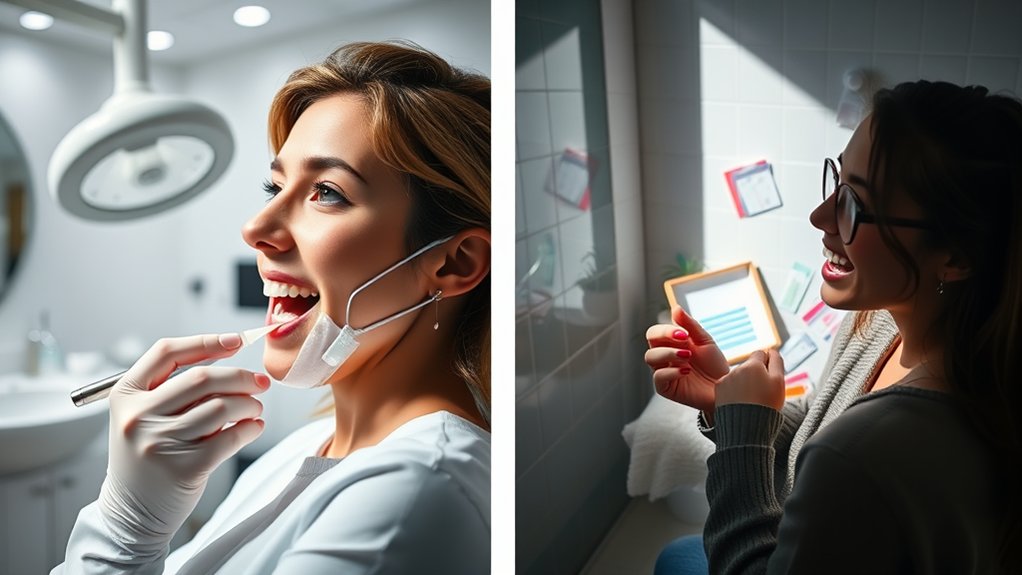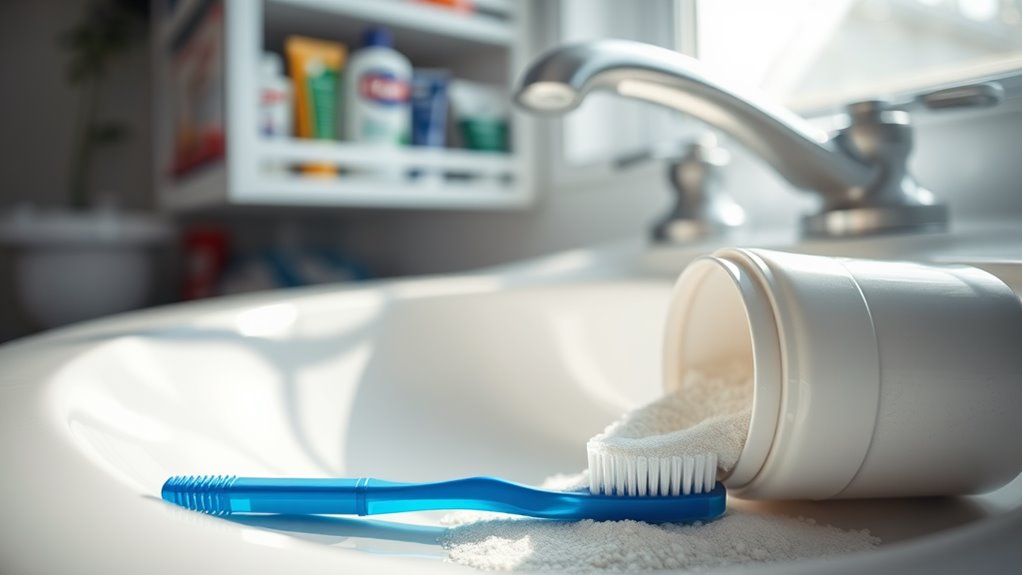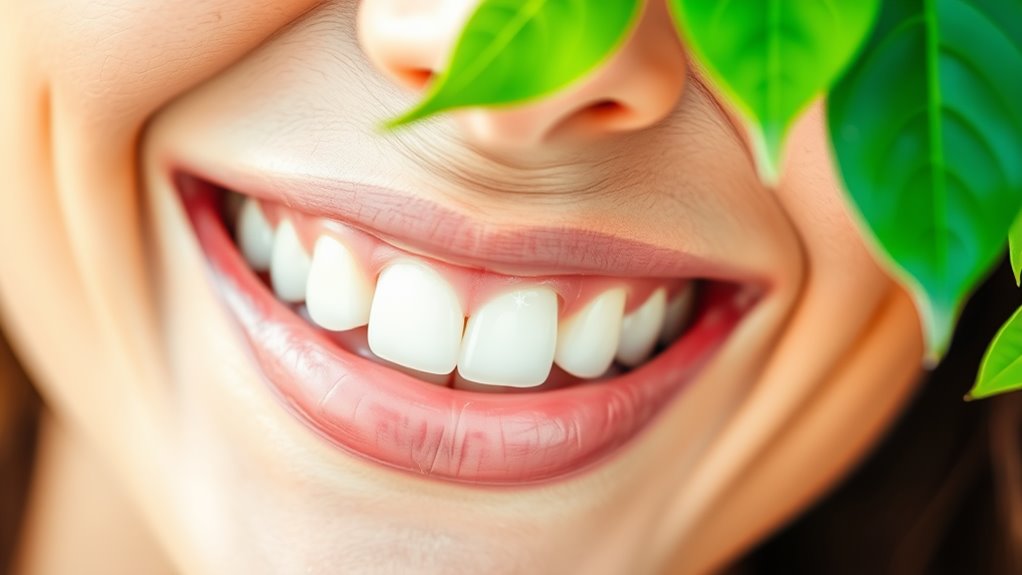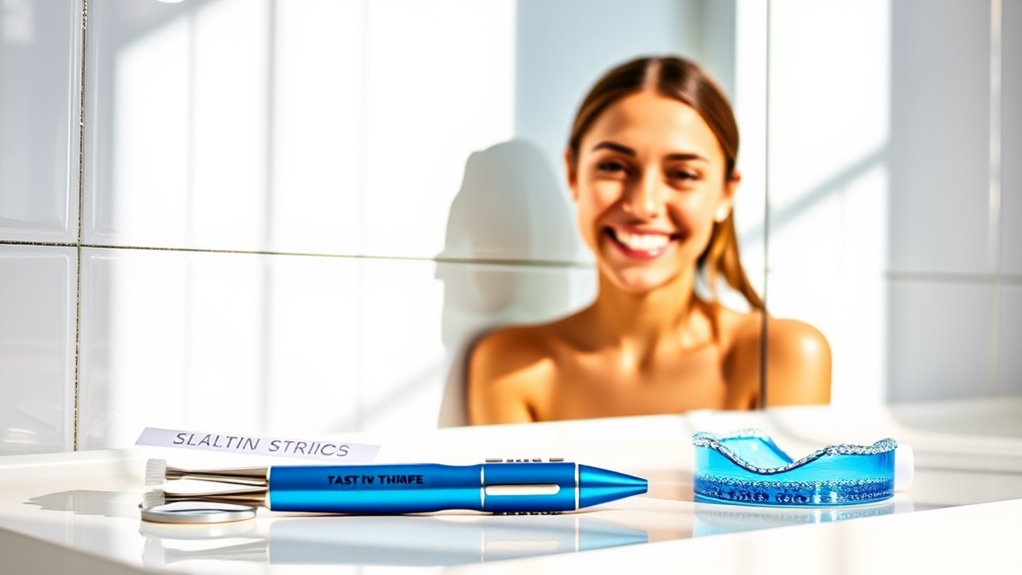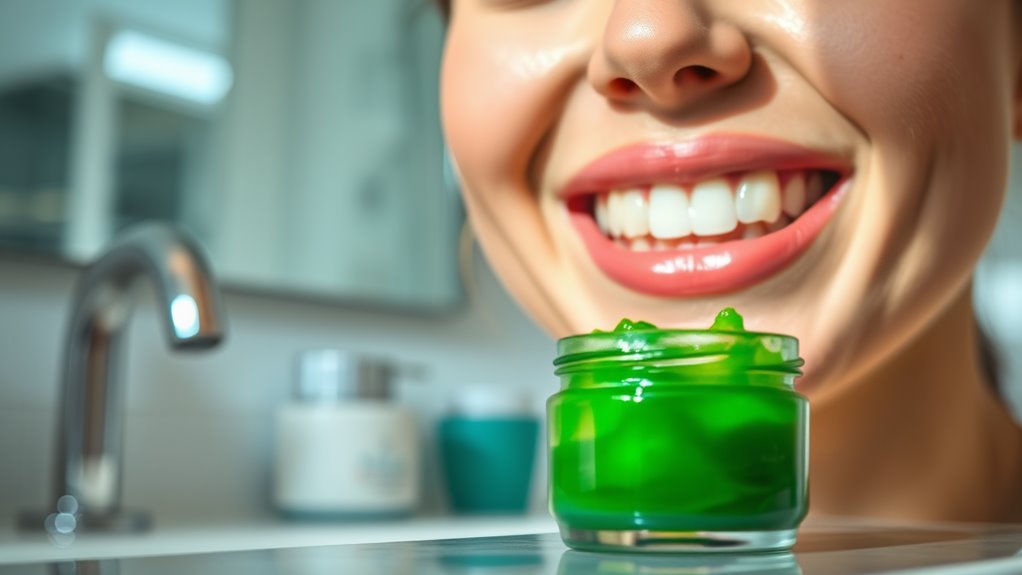Professional Whitening vs. DIY- What’s Best.
When it comes to achieving a brighter smile, you face a choice between professional whitening treatments and DIY methods. Each has its benefits and drawbacks, impacting effectiveness, safety, and cost. Professional options, overseen by dental experts, often provide faster, more dramatic results, while DIY techniques can be more affordable and convenient. But how do you decide which path to take for your unique needs? Let’s explore the factors influencing this important decision.
Overview of Professional Whitening Methods
When it comes to achieving a brighter smile, professional whitening methods stand out for their effectiveness and safety.
You’ll find a variety of options, such as in-office treatments and custom take-home kits. In-office procedures typically use higher concentrations of whitening agents, yielding faster results under professional supervision.
Alternatively, take-home kits allow for gradual whitening in the comfort of your home, tailored to your schedule.
When considering a whitening methods comparison, it’s crucial to weigh efficiency and safety. Professional treatments minimize side effects like sensitivity while ensuring long-lasting results, making them a preferred choice for many seeking an exceptional smile transformation.
Popular DIY Whitening Techniques
Many people are turning to DIY whitening techniques to achieve a brighter smile at home with convenience and affordability in mind.
Among the most popular methods are baking soda and hydrogen peroxide paste, which can gently lift stains. Activated charcoal is another trend, believed to absorb impurities. Some opt for oil pulling with coconut oil, thought to reduce plaque and whiten teeth.
Whitening strips, available at local stores, offer a more structured approach, while over-the-counter gels provide another option. Each method has its nuances, so it’s crucial to research and ensure safety before incorporating them into your dental routine. Additionally, baking soda’s mild abrasiveness aids in removing surface stains, making it an effective option for achieving a brighter smile.
Effectiveness of Professional vs. DIY Treatments
When weighing the effectiveness of professional whitening treatments against DIY methods, you’ll notice significant differences in immediate results.
Professional procedures often provide quicker, more dramatic outcomes, while DIY options may take longer to show visible effects. Additionally, considering the long-term impact is crucial, as professional treatments tend to offer more lasting results compared to many at-home solutions. Many individuals also prefer natural methods for their cost-effectiveness, though they may yield slower results.
Immediate Results Comparison
While you might be tempted to try DIY whitening solutions at home, the immediate results often vary significantly when compared to professional treatments.
Professional whitening procedures typically utilize stronger whitening agents, allowing for noticeable brightness after just one session. You can expect drastically improved shade levels within an hour, often revealing results up to several shades lighter.
In contrast, DIY methods, like whitening strips or natural remedies, often yield minimal changes after multiple applications. The convenience of home kits doesn’t always equate to efficient results, leaving you with potential disappointment compared to the transformative impact of a professional treatment.
Long-term Impact Analysis
Even though DIY whitening treatments may seem appealing for their cost-effectiveness, their long-term effectiveness often pales in comparison to professional options.
With professionals, you’re not just paying for immediate results; you’re investing in lasting improvements.
Here’s why:
-
Sustained Whitening: Professional treatments often maintain brighter teeth for longer periods.
-
Custom Solutions: Dentists tailor treatments to your specific needs, addressing unique challenges.
-
Minimized Damage: Professionals use safe formulas that reduce the risk of gum irritation and enamel wear.
In the end, opting for professional whitening means better results that last, proving more valuable over time.
Safety Considerations for Whitening Options
Although whitening your teeth can enhance your smile, it’s essential to consider the safety of the methods you choose. Professional whitening often involves supervised procedures and effective agents that minimize risks, ensuring your enamel and gums remain healthy.
In contrast, DIY options may use harsh chemicals or incorrect concentrations, leading to enamel erosion or gum irritation. Always check for ADA approval on products, and consult your dentist before starting any whitening treatment. They can help you navigate potential sensitivities or pre-existing dental issues, protecting your overall dental health while helping you achieve that brighter smile you desire. Additionally, being informed about the risks of enamel damage is crucial to maintaining your long-term oral health.
Cost Comparison: Professional vs. DIY
Understanding safety in teeth whitening is crucial, but cost considerations also play a significant role in your decision-making process.
Here’s a quick comparison of expenses:
-
Professional Whitening: Expect to pay between $300 to $1,000 depending on the method and location.
-
DIY Kits: These can range from $20 to $200, offering a more budget-friendly option.
-
Long-Term Costs: Professional treatments may require fewer touch-ups over time, while DIY methods might lead to repeated purchases.
Evaluate your budget and preferences to determine the best fit.
It’s essential to choose wisely for both your wallet and your smile.
Long-Term Results and Maintenance Strategies
When considering teeth whitening, it’s vital to know how long the results can last and what steps you can take to maintain that bright smile.
Professional treatments typically yield longer-lasting results, often lasting six months to two years, depending on your oral hygiene and lifestyle. To extend the effects, consistently brush and floss, avoid staining foods and drinks, and use a whitening toothpaste. Additionally, regular consultations with a dentist ensure that your whitening plan is safe and effective over time.
For DIY options, consider touch-up kits to maintain brightness. Regular dental check-ups can also prevent discoloration and allow for professional advice on maintaining your results, ensuring your smile stays radiant for years to come.
